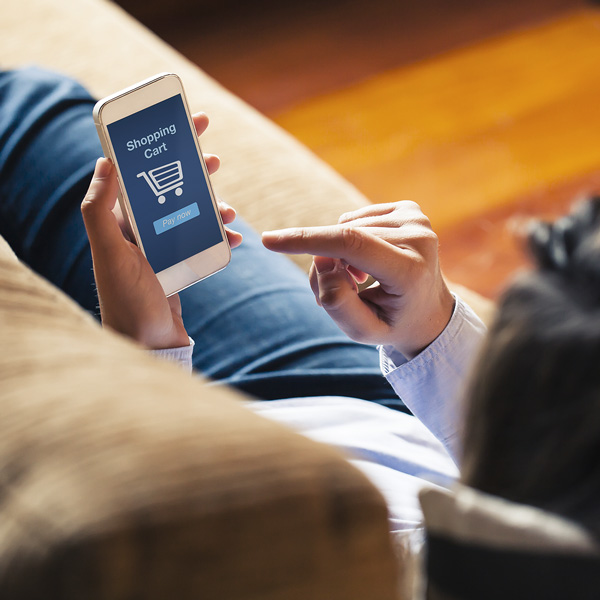Omni-channel marketing: a win-win for businesses and their customers

If you’re operating a sales-driven business, then yes, you do need to be thinking about it. In terms of boosting your ROI, it’s not enough to simply offer multi-channel marketing – it’s essential to go one step further and offer an outside-in consumer approach.
It’s vital that the marketing agency representing your business is familiar with the process, and are able to effectively implement it.
What’s the difference between multi-channel and omni-channel?
Multi-channel marketing refers to the different ways a consumer can make a purchase, and how to maximise the performance of each individual channel – for instance, in person, over the phone, via the internet, or on a mobile device. Omni-channel marketing, however, looks at the purchasing experience from the customer’s perspective, and provides a seamless and consistent customer-service experience across all channels.
To put it in real terms, omni-channel marketing recognises that a customer might begin a transaction on their smart phone and complete it on their laptop. Or, a customer might be simultaneously browsing for a product in a physical shop while checking customer reviews on their tablet. Omni-channel marketing is about making this process as straightforward as possible. It’s all about putting the customer first.
The challenge for businesses now, of course, is putting in place an effective omni-channel marketing plan. Here are few suggestions to get it right from the outset:
Review your purchase process.
This one’s easy – you need to be a customer. Go through the purchasing process over and over, and consider how straightforward it is. Look at your business from an outsider’s point of view – is there anything that could be made easier or more seamless? Is there anything that’s unnecessarily complicated? Experiment with making purchases using all available options, and mix and match – for instance, start on your smart phone and finish on your tablet. Begin the process by making a phonecall and complete the transaction on your home computer. How easy is it? Is there follow-up? Is it a pleasant experience? Would you come back? Be as objective as possible to iron out any flaws in your current purchasing process.
Value your data.
To effectively implement omni-channel marketing, it’s important to consider your data. Collect data from online and offline sources to create a clear picture of your business, and identify any issues that may exist. Break down the data to really understand the customer’s journey, and try to establish patterns. Google Analytics is a valuable data-collecting service, and something you and your marketing team should invest time in. A thorough understanding of your data will help business owners understand their digital assets, and the purchasing process customers are engaging in.
Personalise your message.
Knowing your customer is vital in an omni-channel marketing strategy. It’s about looking after your current customers, engaging with previous customers, and enticing prospective customers. Being able to convey relevant, personalised messages to customers at all stages of the purchasing process is vital in omni-channel marketing. It is so important to integrate messaging into your marketing plan so that you’re able to personally engage with your potential customers and aid them in completing the sale.
Marketing automation.
There’s no shorting of marketing automation software available, all of which is designed to effectively market on multiple channels in the digital space. Marketing automation software works by moving leads from the top, through a funnel, to become sales-ready leads. Consumers are scored based on their actions and receive targeted content. Marketing automation can be a great way to have more control over potential customers and should be considered in part of your omni-channel marketing strategy.
Know how your customers shop.
Once upon a time, customers would scroll through a website, find a product, and call the retailer to purchase it. These days, consumers operate across multiple platforms – often simultaneously! To properly take advantage of an omni-marketing strategy, all channels and platforms need to be integrated. As Neil Mohan, Google VP of Display Advertising stated, 90% of all customers start a task on one device and finish on another. Don’t miss the opportunity to make your service convenient for consumers – for instance, ensure that an item put into a shopping basket on a smart phone is still in the shopping basket when the customer returns to the store on their home computer. Make it seamless!
